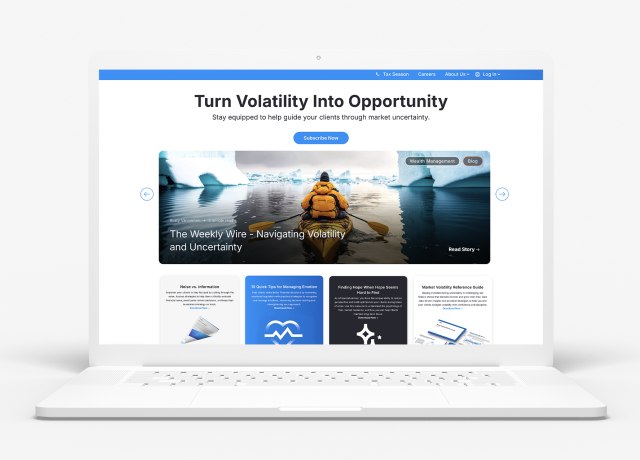As UCITS ETFs continue to expand their investor base they generate ever greater economies of scale. Active ETFs combine the efficiency benefits of ETFs with innovative exposures that can’t easily be delivered via a passive vehicle.
Active exchanged-traded funds (ETFs) are the investment du jour, with asset managers scrambling to offer them to their clients. There are a multitude of reasons for this, but they boil down to a virtuous circle of three:
- Scalability
- Efficiency
- Cost
The impact of scale
Historically, investors outside the US have had access to various types of collective investment schemes, depending on their domicile and the underlying asset exposure. UCITS were originally designed to create a single marketplace for funds in Europe. However, their exchanged-traded offspring, UCITS ETFs, have become widely accepted not just in Europe but across the globe, including in Asia and Latin America.
The growth potential of UCITS ETFs is huge, the market is worth an estimated US$11-12 trillion – roughly the size of the European UCITS market if you exclude ETFs. However, the opportunity for UCITS ETFs isn’t just about converting existing European UCITS investors to the ETF format. It’s about the ability to access a global marketplace, potentially in the region of US$100 trillion when you consider the size of global fund assets. This opportunity to scale is available for UCITS ETFs in a way that traditional UCITS funds can’t.
For fund managers, the ability to access a global investor base with a single vehicle has clear advantages. But why should investors care? The primary reason is that economies of scale translate into lower fees, and therefore into higher net returns. There is also a secondary benefit. A global investor base can drive the development of a far broader range of exposures and funds, putting more interesting options into every investor’s toolkit.





























